On the morning of June 12, with the overwhelming majority of National Assembly deputies voting in favor, the National Assembly officially passed the Resolution on the arrangement of provincial-level administrative units in 2025.
Specifically, 461/465 National Assembly delegates voted in favor (equivalent to 96.44% of the total number of delegates). The resolution was passed with an almost absolute consensus rate.
The Resolution takes effect from the date of its adoption.
Accordingly, the National Assembly agreed to rearrange 52 out of 63 provinces and cities nationwide as follows:
1. Arrange the entire natural area and population size of Ha Giang province and Tuyen Quang province into a new province called Tuyen Quang province. After the arrangement, Tuyen Quang province has a natural area of 13,795.50km2 and a population size of 1,865,270 people.
Tuyen Quang province borders Cao Bang , Lao Cai, Phu Tho, Thai Nguyen provinces and China.

The National Assembly decided to arrange the entire natural area and population size of Ha Giang and Tuyen Quang provinces into a new province called Tuyen Quang province (Photo: Minh Chau).
2. Arrange the entire natural area and population size of Yen Bai province and Lao Cai province into a new province called Lao Cai province. After the arrangement, Lao Cai province has a natural area of 13,256.92 km2 and a population size of 1,778,785 people.
Lao Cai province borders Lai Chau, Phu Tho, Son La, Tuyen Quang provinces and China.
3. Arrange the entire natural area and population size of Bac Kan province and Thai Nguyen province into a new province called Thai Nguyen province. After the arrangement, Thai Nguyen province has a natural area of 8,375.21 km2 and a population size of 1,799,489 people.
Thai Nguyen province borders Bac Ninh, Cao Bang, Lang Son, Phu Tho, Tuyen Quang provinces and Hanoi city.
4. Arrange the entire natural area and population of Vinh Phuc province, Hoa Binh province and Phu Tho province into a new province called Phu Tho province. After the arrangement, Phu Tho province has a natural area of 9,361.38 km² and a population of 4,022,638 people.
Phu Tho province borders Lao Cai, Ninh Binh, Son La, Thai Nguyen, Thanh Hoa, Tuyen Quang provinces and Hanoi city.
Since the effective date of this Resolution, the country has 34 provincial-level administrative units, including 28 provinces and 6 cities.
There are 19 provinces, 4 new cities formed after the arrangement and 11 provinces and cities remain the same: Cao Bang, Dien Bien, Ha Tinh, Lai Chau, Lang Son, Nghe An, Quang Ninh, Thanh Hoa, Son La and Hanoi city, Hue city.
5. Arrange the entire natural area and population of Bac Giang and Bac Ninh provinces into a new province called Bac Ninh. After the arrangement, Bac Ninh province has a natural area of 4,718.6 km2 and a population of 3,619,433 people.
Bac Ninh province borders Hung Yen, Lang Son, Quang Ninh, Thai Nguyen provinces, Hai Phong city and Hanoi city.
6. Arrange the entire natural area and population of Thai Binh province and Hung Yen province into a new province called Hung Yen province. After the arrangement, Hung Yen province has a natural area of 2,514.81 km2 and a population of 3,567,943 people.
Hung Yen province borders Bac Ninh province, Ninh Binh province, Hanoi city, Hai Phong city and the East Sea.
7. Arrange the entire natural area and population of Hai Phong city and Hai Duong province into a new city called Hai Phong city. After the arrangement, Hai Phong city has a natural area of 3,194.72 km2 and a population of 4,664,124 people.
Hai Phong city borders the provinces of Bac Ninh, Hung Yen, Quang Ninh and the East Sea.
8. Arrange the entire natural area and population of Ha Nam province, Nam Dinh province and Ninh Binh province into a new province called Ninh Binh province. After the arrangement, Ninh Binh province has a natural area of 3,942.62 km2 and a population of 4,412,264 people.
Ninh Binh province borders Hung Yen, Phu Tho, Thanh Hoa provinces, Hanoi city and the East Sea.
9. Arrange the entire natural area and population of Quang Binh and Quang Tri provinces into a new province called Quang Tri province. After the arrangement, Quang Tri province has a natural area of 12,700km2 and a population of 1,870,845 people.
Quang Tri province borders Ha Tinh province, Hue city, Laos and the East Sea.
10. Arrange the entire natural area and population of Da Nang city and Quang Nam province into a new city called Da Nang city. After the arrangement, Da Nang city has a natural area of 11,859.59 km2 and a population of 3,065,628 people.
Da Nang city borders Quang Ngai province, Hue city, Laos and the East Sea.
11. Arrange the entire natural area and population of Kon Tum province and Quang Ngai province into a new province called Quang Ngai province. After the arrangement, Quang Ngai province has a natural area of 14,832.55 km2 and a population of 2,161,755 people.
Quang Ngai province borders Gia Lai province, Da Nang city, Laos, Cambodia and the East Sea.
12. Arrange the entire natural area and population size of Binh Dinh province and Gia Lai province into a new province called Gia Lai province. After the arrangement, Gia Lai province has a natural area of 21,576.53 km2 and a population size of 3,583,693 people.
Gia Lai province borders Dak Lak province, Quang Ngai province, Cambodia and the East Sea.
13. Arrange the entire natural area and population of Ninh Thuan province and Khanh Hoa province into a new province called Khanh Hoa province. After the arrangement, Khanh Hoa province has a natural area of 8,555.86 km2 and a population of 2,243,554 people.
Khanh Hoa province borders Dak Lak province, Lam Dong province and the East Sea.
14. Arrange the entire natural area and population of Dak Nong province, Binh Thuan province and Lam Dong province into a new province called Lam Dong province. After the arrangement, Lam Dong province has a natural area of 24,233.07 km2 and a population of 3,872,999 people.
Lam Dong province borders Dak Lak, Dong Nai, Khanh Hoa, Ho Chi Minh City, Cambodia and the East Sea.
15. Arrange the entire natural area and population of Phu Yen province and Dak Lak province into a new province called Dak Lak province. After the arrangement, Dak Lak province has a natural area of 18,096.40 km2 and a population of 3,346,853 people.
Dak Lak province borders Gia Lai, Khanh Hoa, Lam Dong, Cambodia and the East Sea.
16. Arrange the entire natural area and population of Ho Chi Minh City, Ba Ria - Vung Tau province and Binh Duong province into a new city called Ho Chi Minh City. After arrangement, Ho Chi Minh City has a natural area of 6,772.59 km2 and a population of 14,002,598 people.
Ho Chi Minh City borders the provinces of Dong Nai, Dong Thap, Lam Dong, Tay Ninh and the East Sea.
17. Arrange the entire natural area and population of Binh Phuoc province and Dong Nai province into a new province called Dong Nai province. After the arrangement, Dong Nai province has a natural area of 12,737.18 km2 and a population of 4,491,408 people.
Dong Nai province borders Lam Dong province, Tay Ninh province, Ho Chi Minh City and Cambodia.
18. Arrange the entire natural area and population of Long An province and Tay Ninh province into a new province called Tay Ninh province. After the arrangement, Tay Ninh province has a natural area of 8,536.44 km2 and a population of 3,254,170 people.
Tay Ninh province borders Dong Nai province, Dong Thap province, Ho Chi Minh City and Cambodia.
19. Arrange the entire natural area and population size of Can Tho city, Soc Trang province and Hau Giang province into a new city called Can Tho city. After arrangement, Can Tho city has a natural area of 6,360.83 km2 and a population of 4,199,824 people.
Can Tho city borders the provinces of An Giang, Dong Thap, Ca Mau, Vinh Long and the East Sea.
20. Arrange the entire natural area and population size of Ben Tre province, Tra Vinh province and Vinh Long province into a new province called Vinh Long province. After the arrangement, Vinh Long province has a natural area of 6,296.20 km2 and a population size of 4,257,581 people.
Vinh Long province borders Dong Thap province, Can Tho city and the East Sea.
21. Arrange the entire natural area and population of Tien Giang province and Dong Thap province into a new province called Dong Thap province. After the arrangement, Dong Thap province has a natural area of 5,938.64 km2 and a population of 4,370,046 people.
Dong Thap province borders An Giang, Tay Ninh, Vinh Long provinces, Can Tho city, Ho Chi Minh City, Cambodia and the East Sea.
22. Arrange the entire natural area and population size of Bac Lieu province and Ca Mau province into a new province called Ca Mau province. After the arrangement, Ca Mau province has a natural area of 7,942.39 km2 and a population size of 2,606,672 people.
Ca Mau province borders An Giang province, Can Tho city and the East Sea.
23. Arrange the entire natural area and population size of Kien Giang province and An Giang province into a new province called An Giang province. After the arrangement, An Giang province has a natural area of 9,888.91 km2 and a population size of 4,952,238 people.
An Giang province borders Ca Mau province, Dong Thap province, Can Tho city, Cambodia and the East Sea.
According to the Resolution just passed by the National Assembly, local governments in previously reorganized provinces and cities will continue to operate until local governments in later provinces and cities officially operate.
The National Assembly requested that after the reorganization, localities arrange and consolidate the organizational apparatus of local agencies and organizations; support and promptly resolve difficulties and problems of cadres, civil servants, public employees and workers affected by the reorganization.
The Government is responsible for organizing the accurate determination of natural areas and boundaries on administrative maps and in the field.
In case after reviewing and comparing on the field, the data on the natural area of an administrative unit is different from the data recorded in this Resolution, the Government shall update, adjust and publicly announce this information in an appropriate form without having to report back to the National Assembly.
The Government, ministries and branches at the central level are responsible for guiding and promptly handling issues arising in the process of arranging provincial-level administrative units and perfecting the organization of local government apparatus at all levels to implement the two-level local government model.
Source: https://dantri.com.vn/noi-vu/quoc-hoi-chot-danh-sach-34-tinh-thanh-moi-cua-viet-nam-20250612082159127.htm


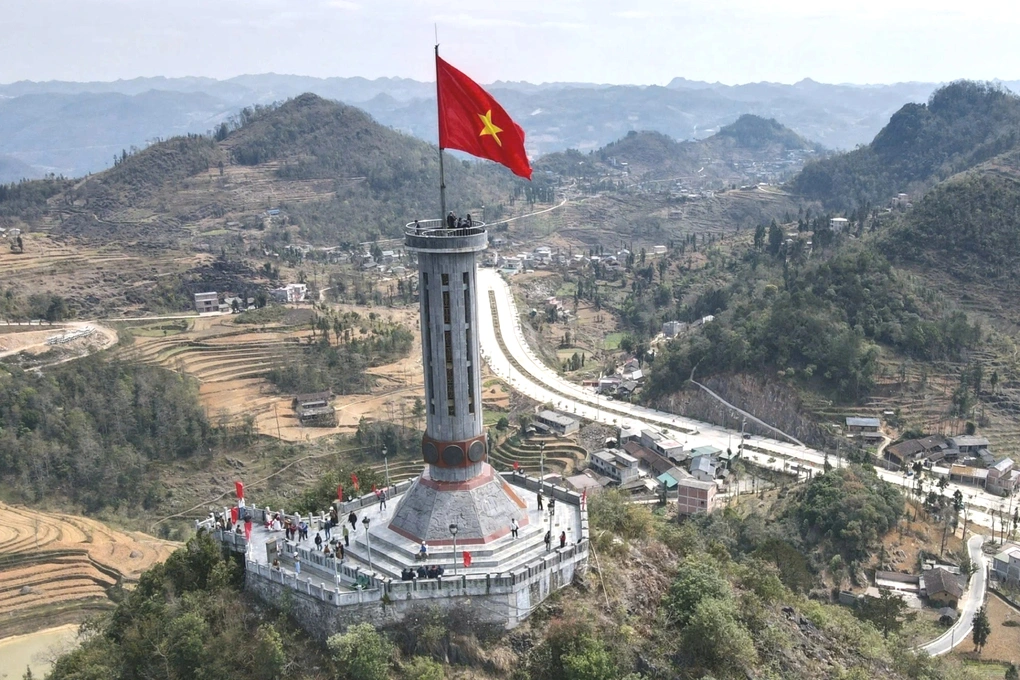

![[Photo] Ho Chi Minh City Youth Take Action for a Cleaner Environment](https://vphoto.vietnam.vn/thumb/1200x675/vietnam/resource/IMAGE/2025/11/04/1762233574890_550816358-1108586934787014-6430522970717297480-n-1-jpg.webp)
![[Photo] Ca Mau "struggling" to cope with the highest tide of the year, forecast to exceed alert level 3](https://vphoto.vietnam.vn/thumb/1200x675/vietnam/resource/IMAGE/2025/11/04/1762235371445_ndo_br_trieu-cuong-2-6486-jpg.webp)
![[Photo] The road connecting Dong Nai with Ho Chi Minh City is still unfinished after 5 years of construction.](https://vphoto.vietnam.vn/thumb/1200x675/vietnam/resource/IMAGE/2025/11/04/1762241675985_ndo_br_dji-20251104104418-0635-d-resize-1295-jpg.webp)

![[Photo] Panorama of the Patriotic Emulation Congress of Nhan Dan Newspaper for the period 2025-2030](https://vphoto.vietnam.vn/thumb/1200x675/vietnam/resource/IMAGE/2025/11/04/1762252775462_ndo_br_dhthiduayeuncbaond-6125-jpg.webp)


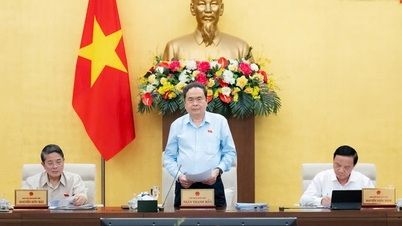

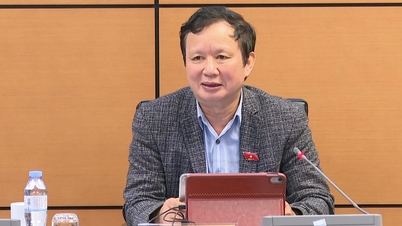








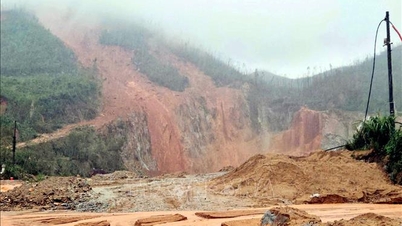
















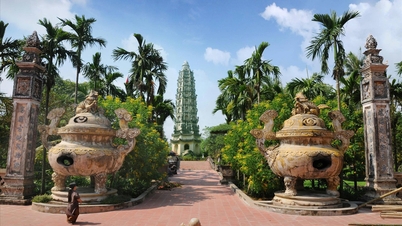

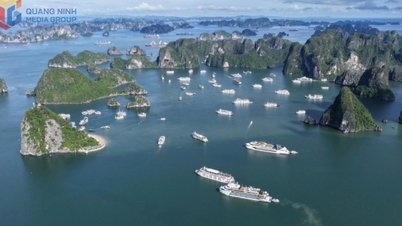


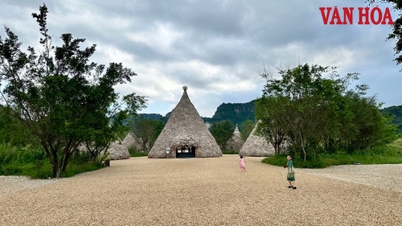


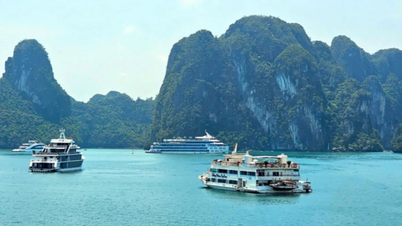


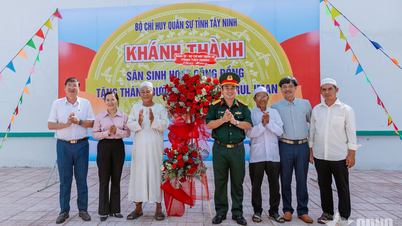















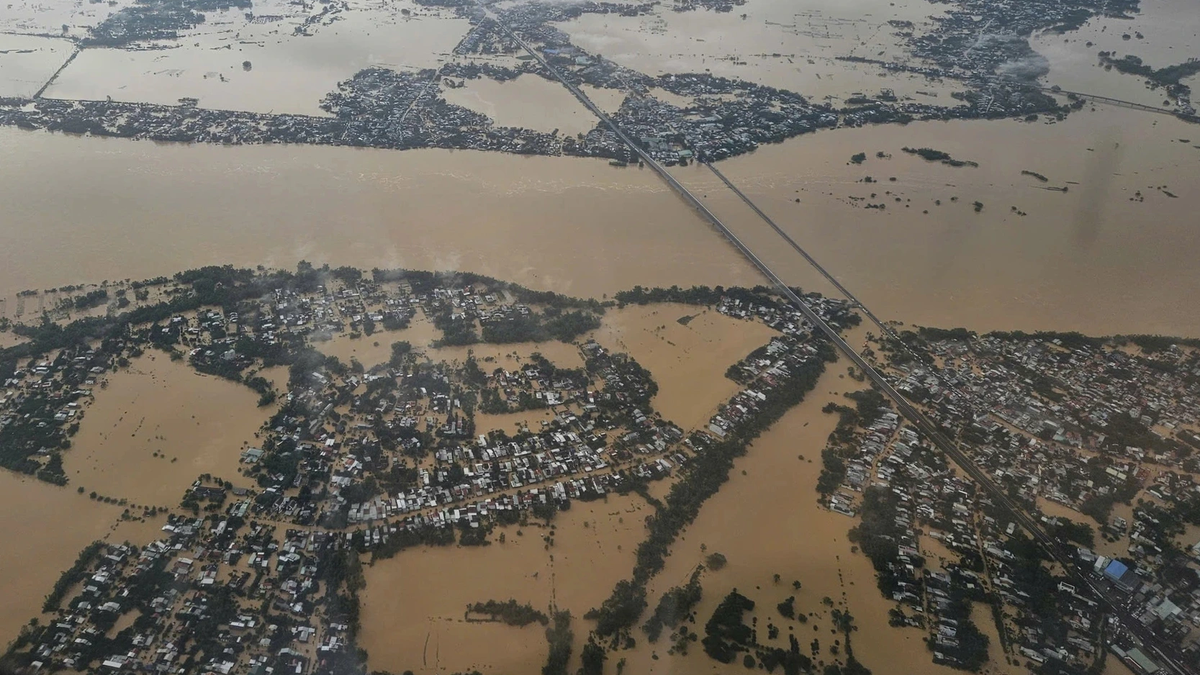

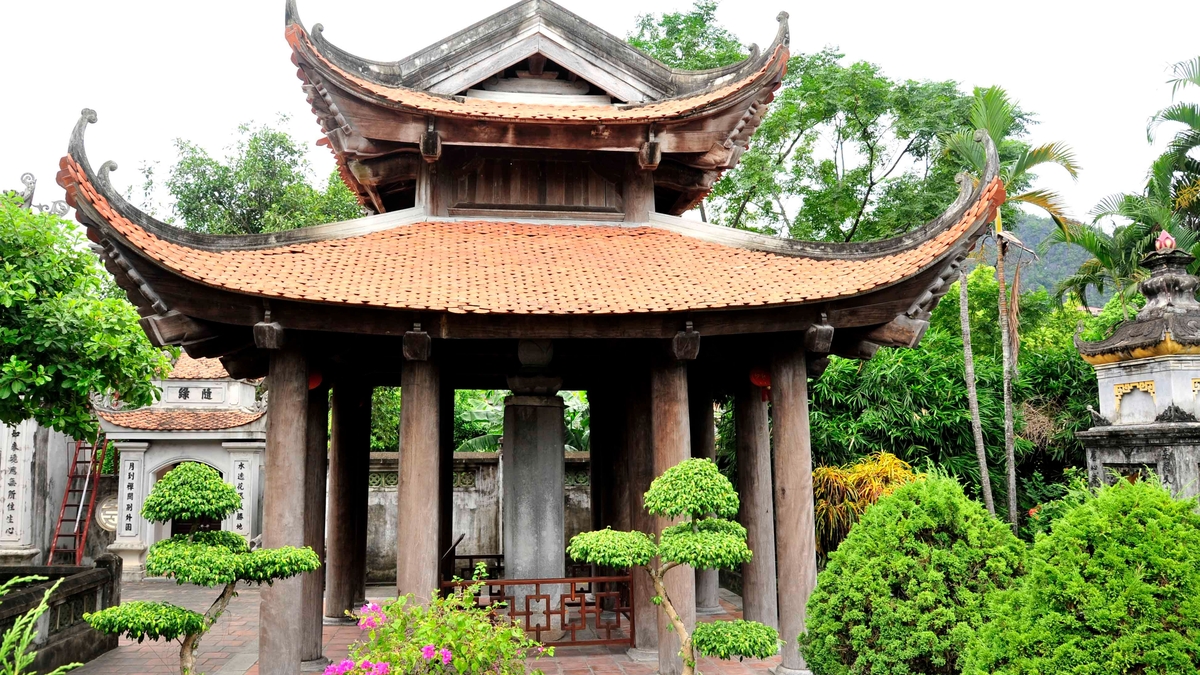

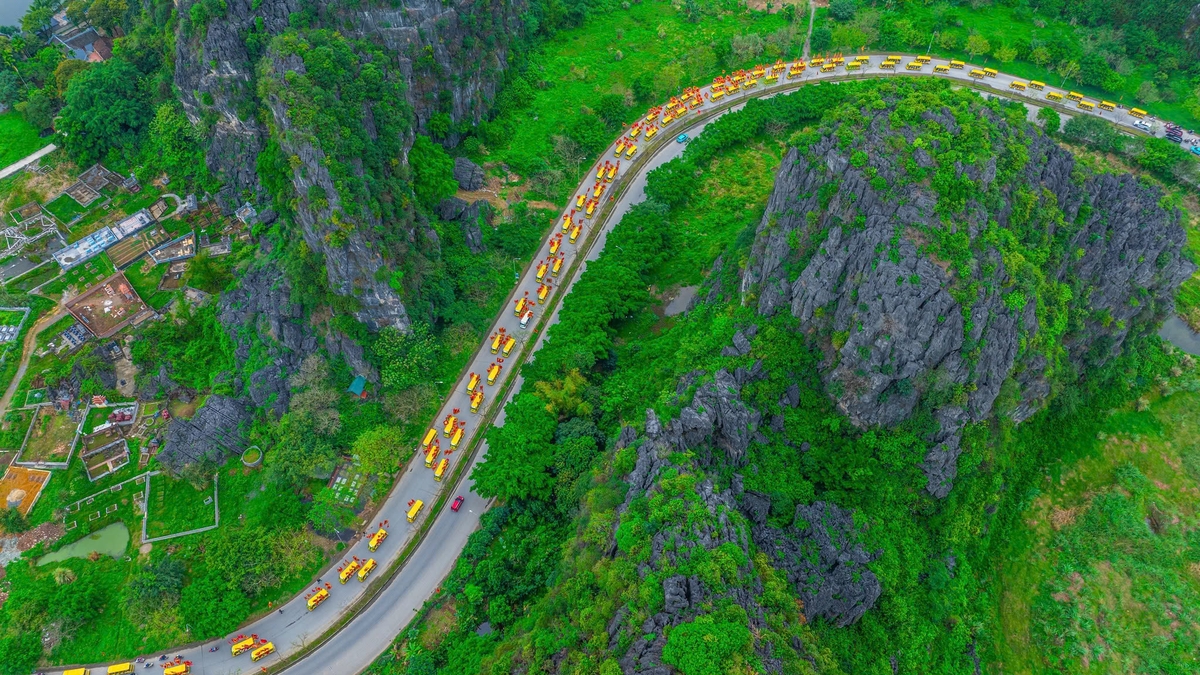



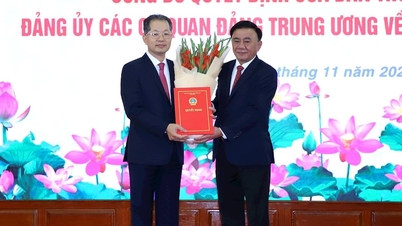

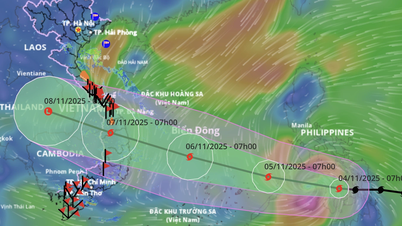





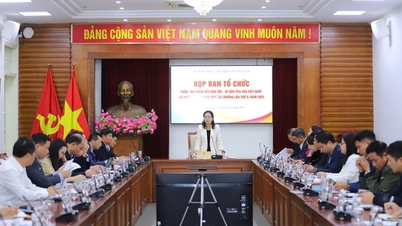




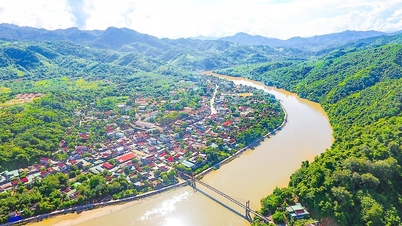


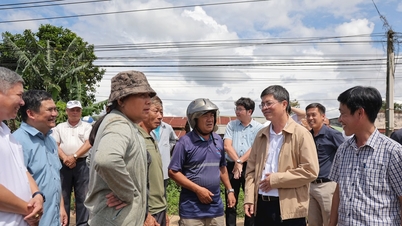















Comment (0)